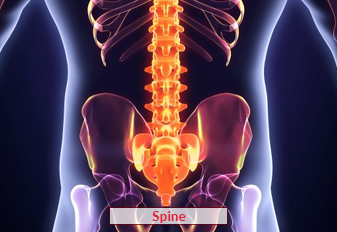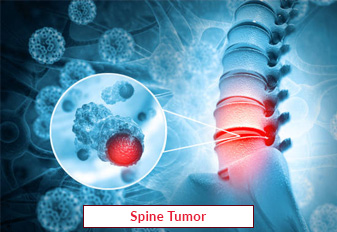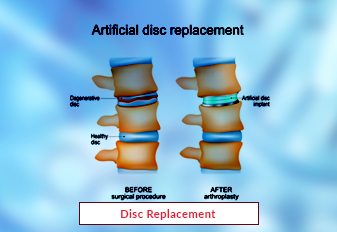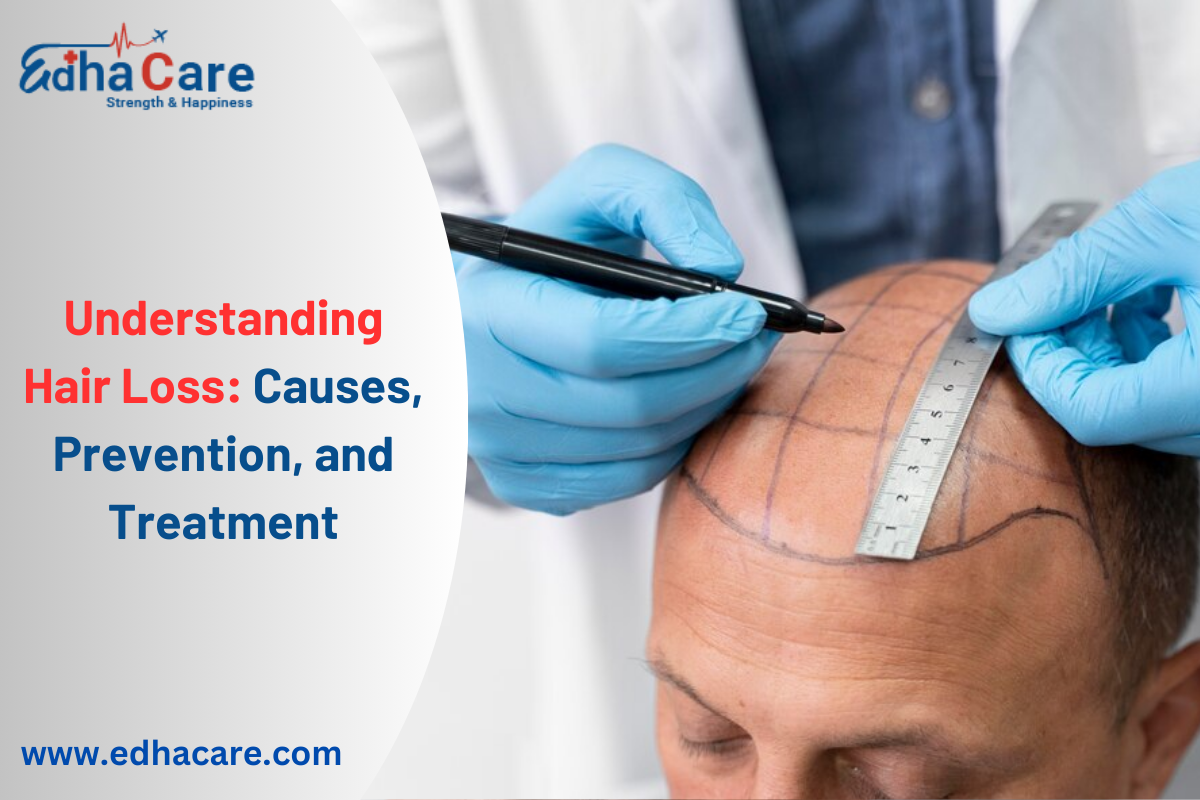Scoliosis Spine Surgery
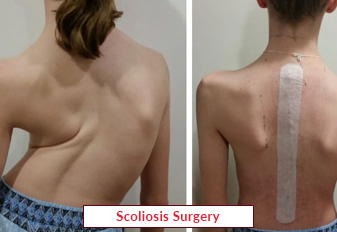
"Orthotic therapy" and "surgical treatment" are two methods of treating Scoliosis Spine Surgery. Approximately six to nine million persons in the United States, or 2 to 3 percent of the population, are thought to be affected by scoliosis. The most common idiopathic, congenital, or neuromuscular causes of scoliosis. A physical examination, an x-ray, a spinal radiograph, a CT scan, or an MRI are often used to confirm the presence of scoliosis. This problem has a variety of surgical therapies available, including decompressive laminectomy, minimally invasive surgery (MIS), posterior or anterior approach, etc.
Book an Appointment
About Scoliosis Spine Surgery
Scoliosis is a disorder where the spine bends unnaturally to one side. Scoliosis spine surgery is a technique that straightens the spine in patients with the condition. When the curvature is severe, advances quickly, or causes discomfort or breathing problems, surgery is frequently advised.The aetiology of scoliosis surgery can be categorised as idiopathic, congenital, or neuromuscular. The procedure might take several hours, and the patient will likely need to recuperate and be monitored in the hospital for a few days.There are a number of symptoms that might point to scoliosis surgery.
Procedure of Scoliosis Spine Surgery
- The process includes pre-operative preparation that holds physical examination and medical history review along with X-rays, MRI, and/or CT scans
- During the surgery, the surgeon makes an incision in the back, exposing the affected area of the spine.
- Post-surgery, pain management, physical therapy, and exercises are provided to aid recovery and prevent complications.
- Hospital stay duration varies depending on the type of surgery and the patient's progress.
Require Assistance?
Get A Quick Callback From Our Healthcare Experts

